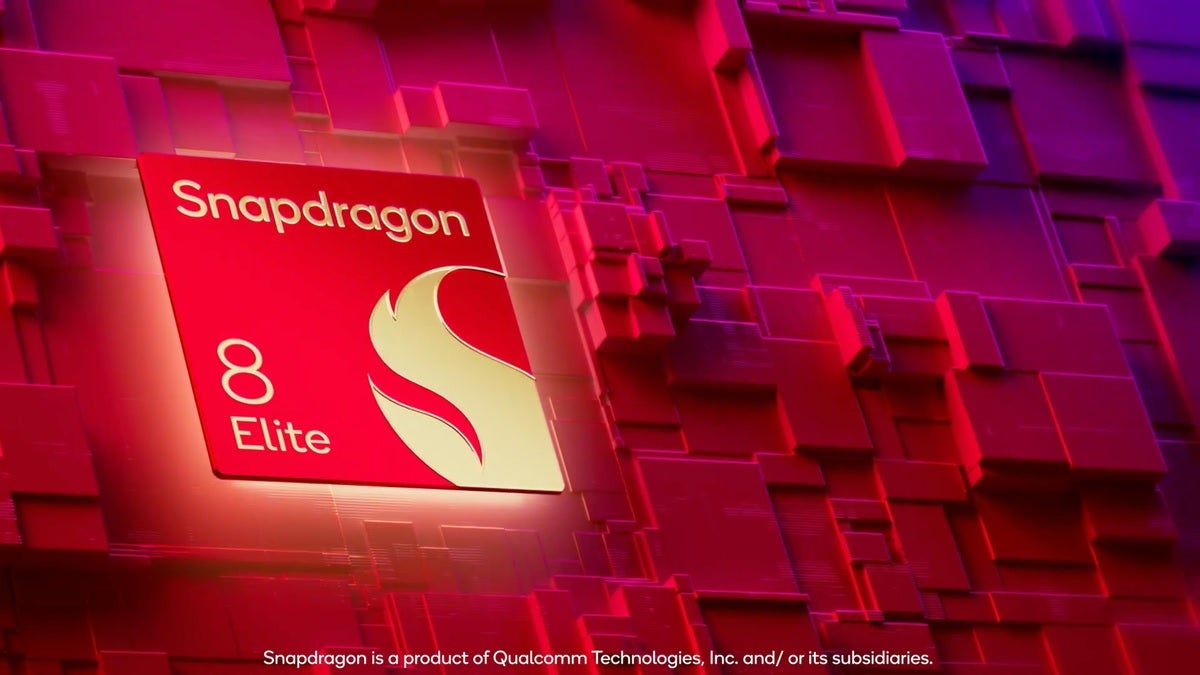
In the realm of tech enthusiasts and productivity-seekers alike, the latest offerings from Apple, namely the iPad Pro M2 and the MacBook Air 13 M2 (alongside the MacBook Air 15 M2), have been a subject of considerable interest and comparison. Both devices, powered by Apple’s advanced M2 chip, present formidable capabilities in sleek, portable designs, making the decision between the two a topic of much debate.
Apple’s iPad Pro M2 and both versions of the MacBook Air M2 are similarly spec’d powerhouses, each housing up to 16GB of RAM and 2TB of storage space. This hardware uniformity ensures comparable high performance across the board. Despite this, the devices diverge significantly in their form factors, operating systems, camera capabilities, screen resolutions, and connectivity options, among other features. The choice between them thus boils down to the specific needs and preferences of potential users.
The iPad Pro, for instance, is a masterclass in tablet design, offering unparalleled versatility for those who favor the format. Its compatibility with various keyboards transforms it into a laptop alternative, though this requires additional investment. The base model of the 11-inch version is priced at $799, with keyboard options pushing the cost significantly higher, depending on one’s choice between Apple’s own Magic Keyboard or more budget-friendly alternatives.
Meanwhile, the MacBook Air M2 presents a straightforward, no-fuss proposition as a laptop. Starting at $1,099 for the 13-inch model with an 8-core CPU, it eliminates the need for additional accessories like a keyboard. Its form factor and macOS operating system offer a more traditional computing experience, complete with a suite of ports for enhanced connectivity and the capability to run a broader range of software without compromises.
Software compatibility plays a significant role in distinguishing between these two devices. The MacBook Air’s macOS can run iPadOS apps, but the reverse doesn’t hold true for all software, particularly professional-grade applications like Final Cut Pro or Adobe Lightroom, which are available in more feature-rich versions on macOS.
Connectivity options further differentiate the iPad Pro and MacBook Air. While the iPad Pro boasts cellular connectivity for on-the-go internet access, the MacBook Air compensates with multiple USB Thunderbolt 4 ports and a 3.5mm audio jack, offering more versatility in peripheral connections.
Display technology is another area where the iPad Pro shines, particularly the 12.9-inch model with its mini-LED backlit display, offering stunning brightness and contrast ratios that outshine the MacBook Air’s Retina LED-backlit display.
Battery life comparisons also favor the MacBook Air, which can achieve up to 15 hours of use on a single charge, compared to the iPad Pro’s 10 hours, making it a more reliable option for extended use without access to charging facilities.
In the contest of which device can best replace a traditional laptop, the MacBook Air stands out as the clear winner for its comprehensive feature set, straightforward utility, and value. However, the iPad Pro holds its ground as a top-tier tablet for those seeking the unique benefits of a touchscreen device, despite the potential for higher costs when factoring in accessories like a keyboard.
As technology continues to evolve, the choice between an iPad Pro and a MacBook Air will largely depend on individual needs and work habits. With both devices offering robust performance and unique advantages, Apple ensures that whether one leans towards the versatility of a tablet or the traditional strengths of a laptop, there’s a high-performing option available within its ecosystem.
Source


/cdn.vox-cdn.com/uploads/chorus_asset/file/25848550/iphone_se_4_majin_bu_leak.jpg)


